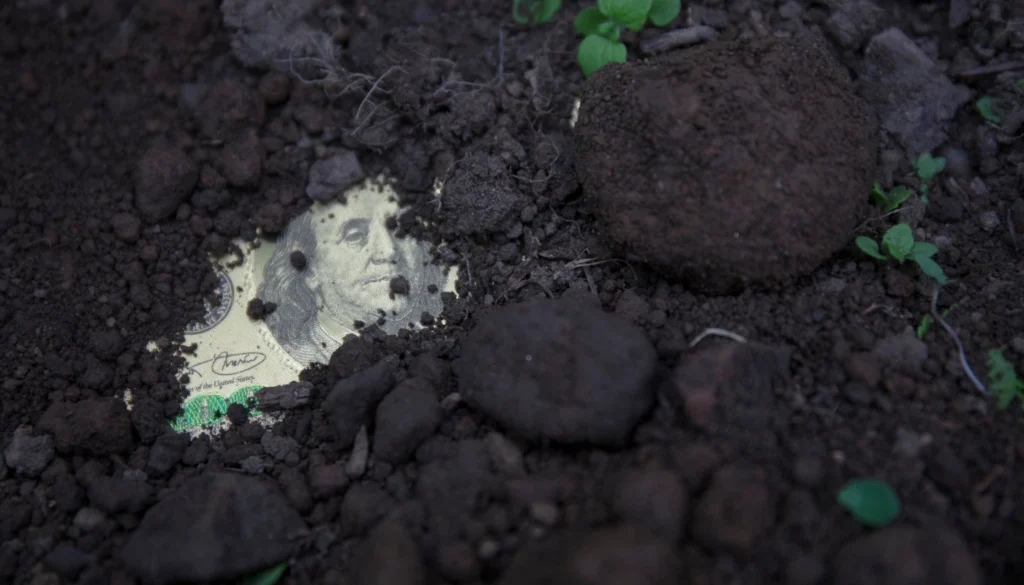When people think about real estate, they often picture houses or buildings. But owning land—especially rural land—can be one of the smartest long-term investments you make. That’s because the value of land per acre often holds steady or grows over time, even when other real estate markets shift.
In this post, we’ll explore why land is worth a closer look, especially if you’re deciding between different types of real estate.

Why Land Offers Long-Term Stability
Land doesn’t wear out. It doesn’t need a roof replaced or walls painted. It just sits there, quietly gaining value.
- Low upkeep: Once you own land, your expenses are minimal. There’s no property manager or tenant to deal with.
- Fewer surprises: Unlike rental property or commercial space, you’re not likely to get a call about a burst pipe or broken air conditioner.
- Lasting value: The value of land per acre can increase over time, especially in areas near growing towns or popular outdoor spots.
In Texas, for example, rural acreage just outside of Austin has seen steady price growth as more people look to spread out and find space.
How Land Compares to Other Real Estate
Let’s break down a few key differences between land and built properties.
Value of Land Per Acre vs. Home Appreciation
While home prices rise and fall with interest rates and economic cycles, land tends to rise steadily, or at least hold its ground. This makes it an appealing option for folks looking to park their money with less risk.
Fewer Costs, Fewer Headaches
With homes, there’s insurance, taxes, repairs, and tenant turnover. With land, you’re often just paying property taxes. That’s it.
And if you qualify for agricultural exemptions in Texas, those taxes can be reduced even further. (The Texas Comptroller’s office has a great guide on ag exemptions for landowners.)
Key Uses and Flexibility
Another perk? Land offers flexibility. You can:
- Build a home later
- Lease it for cattle or crops
- Use it for recreation
- Hold it as an investment
This kind of freedom is something many other real estate types don’t offer.
Understanding the Value of Land Per Acre
So, what affects the value of land per acre?
- Location: Proximity to cities or major roads
- Utilities: Access to water, power, or septic
- Topography: Flat land is often more usable than steep or rocky plots
- Zoning: Agricultural, residential, or commercial use matters
In places like Central Texas, prices can vary widely. A flat, 10-acre parcel with road access might go for $12,000 an acre, while rougher land further out could be closer to $4,000 per acre. It’s all about the specifics.
Land might not be as flashy as a high-rise condo or rental house. But it’s reliable, flexible, and often a whole lot less stressful to own. Want help figuring out what your land is worth? Reach out anytime.
Photo by Xiao Zhou